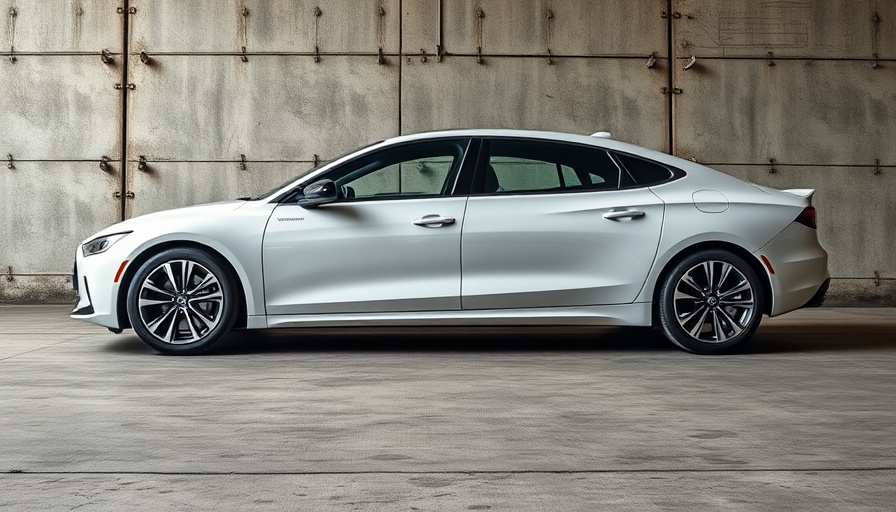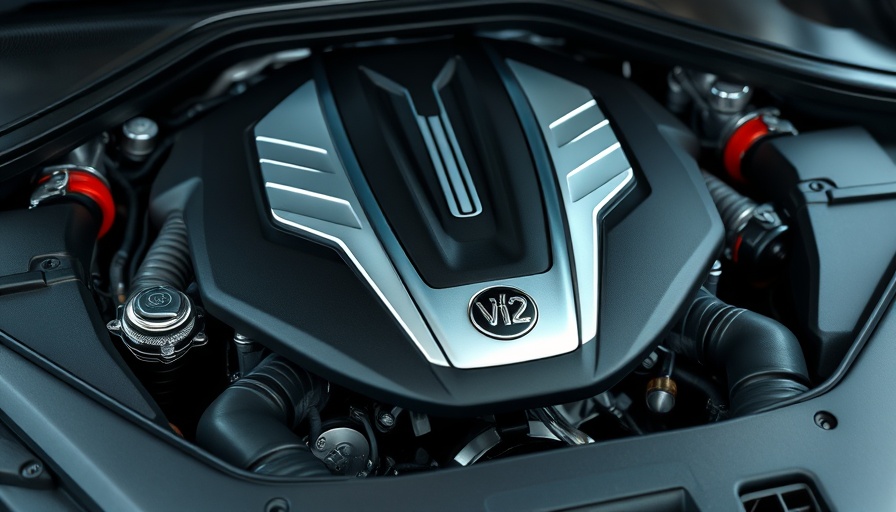
Toyota's Bold Move Towards Electric SUVs
Toyota is embarking on a transformative journey within the automotive landscape by introducing electric versions of its iconic Land Cruiser and RAV4 models. For a decade, the Lexington plant in Kentucky primarily produced the Lexus ES, a sedan that has now seen a decline in popularity as consumers shift towards SUVs and electric vehicles. In response to this evolving market demand and to circumvent impending tariffs on imported models, Toyota has decided to repurpose its Kentucky operations to accommodate the production of two new fully electric SUVs.
Electric Transition: A First for Land Cruiser and RAV4
Although Toyota has championed hybrid technology for several years, the expansion into all-electric vehicles marks a crucial pivot for the legendary automaker. With plans to launch seven new electric models in the U.S. by 2027, including the CH-R and various BZ models, the anticipated RAV4 and Land Cruiser EVs signify Toyota's commitment to electrification. These vehicles, already familiar to consumers in their hybrid format, could benefit from an eco-friendly alternative that aligns with modern sustainability efforts.
Production Plans and Market Trends
The Kentucky plant’s shift will also facilitate the Grand Highlander production, reflecting Toyota's agile strategy to leverage existing facilities in response to market demands. This proactive approach not only signifies Toyota’s adaptation to consumer preferences but also underscores its innovative efforts to maintain relevance in a rapidly evolving auto industry. As electric vehicle sales surge, manufacturers are increasingly compelled to rethink production strategies and offerings.
Implications for the Automotive Industry
As Toyota gears up to integrate electric platforms into its best-selling models, industry experts anticipate far-reaching implications. Automakers may need to consider how their electric offerings compare to established gas models, especially given rising global competition. The move to produce EVs from such distinguished nameplates as the RAV4 and Land Cruiser amplifies the pressure on manufacturers to innovate rapidly while meeting environmental regulations.
For stakeholders in the automotive sector, from dealers to parts manufacturers, these developments present dual opportunities: to adapt production practices in line with electrification and explore partnerships that cater to the growing market for EV components and services. Auto insurance companies may also need to adjust their portfolios to reflect the unique considerations associated with electric vehicle technology.
As we await further details from Toyota and the formal unveiling of these electric SUVs, the auto industry remains on alert. Innovations such as these illuminate not only a transformative path for Toyota but also the broader future of sustainable transportation.
 Add Row
Add Row  Add
Add 




Write A Comment